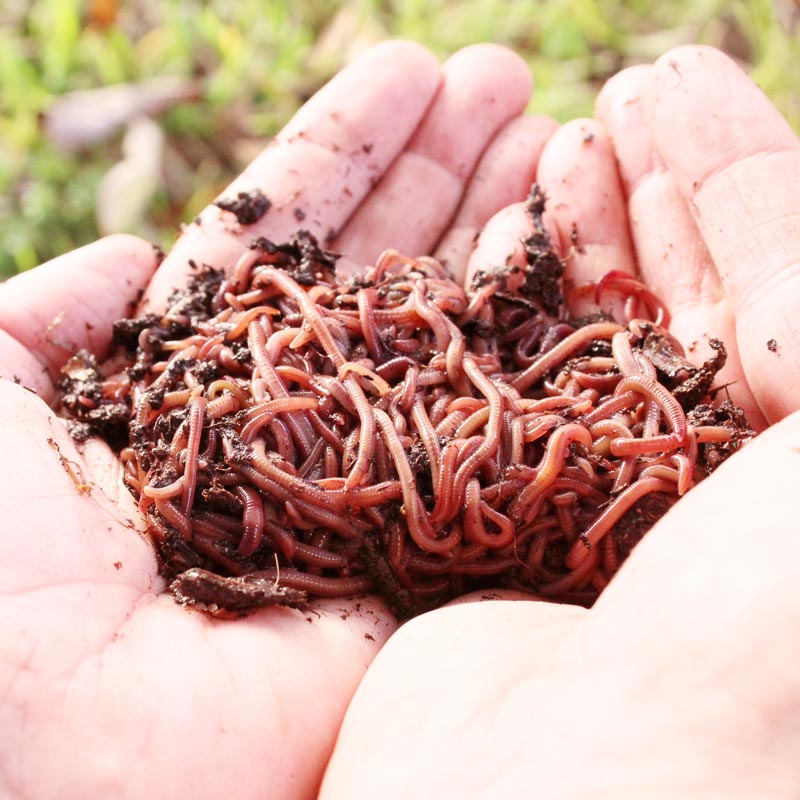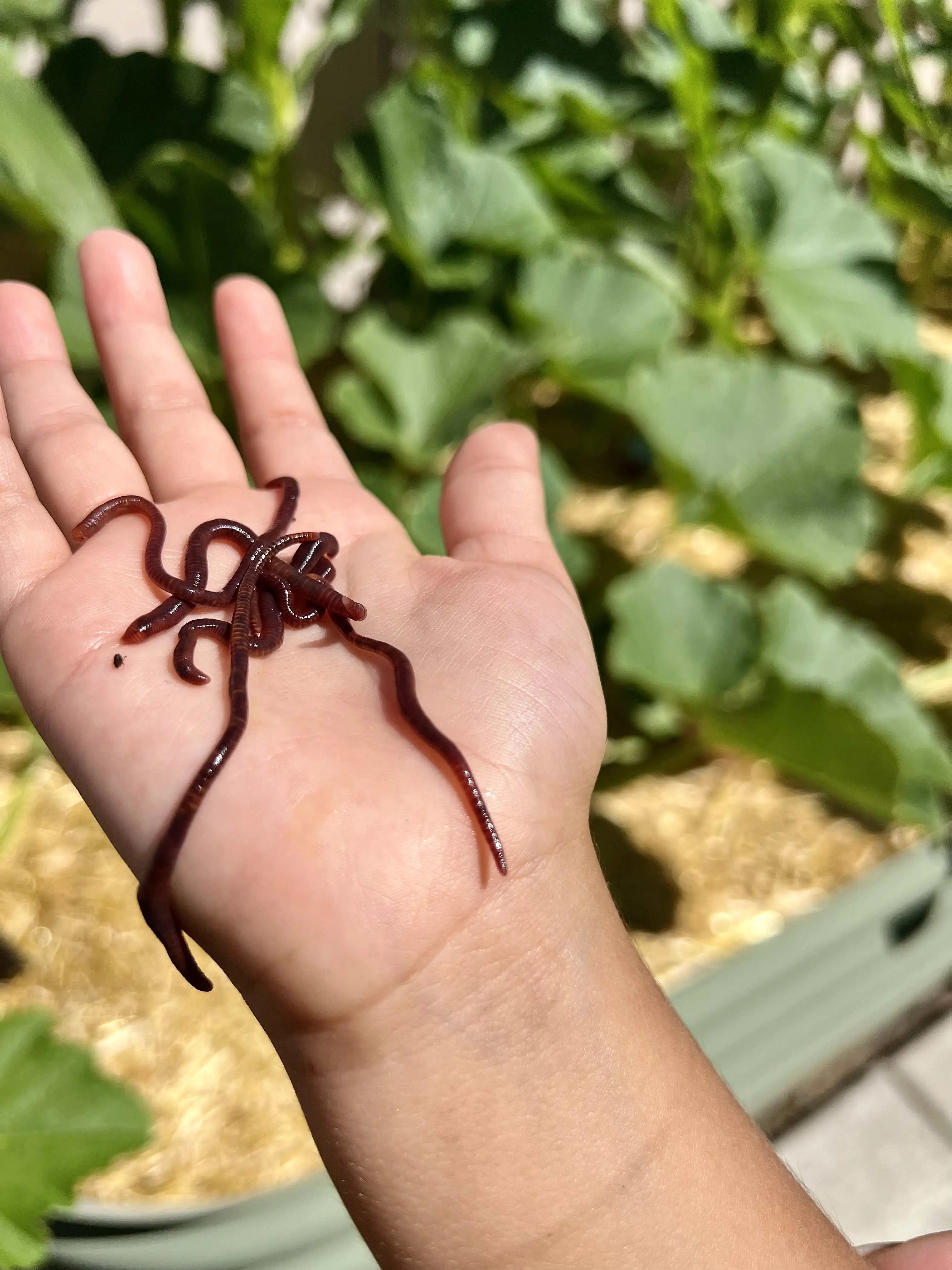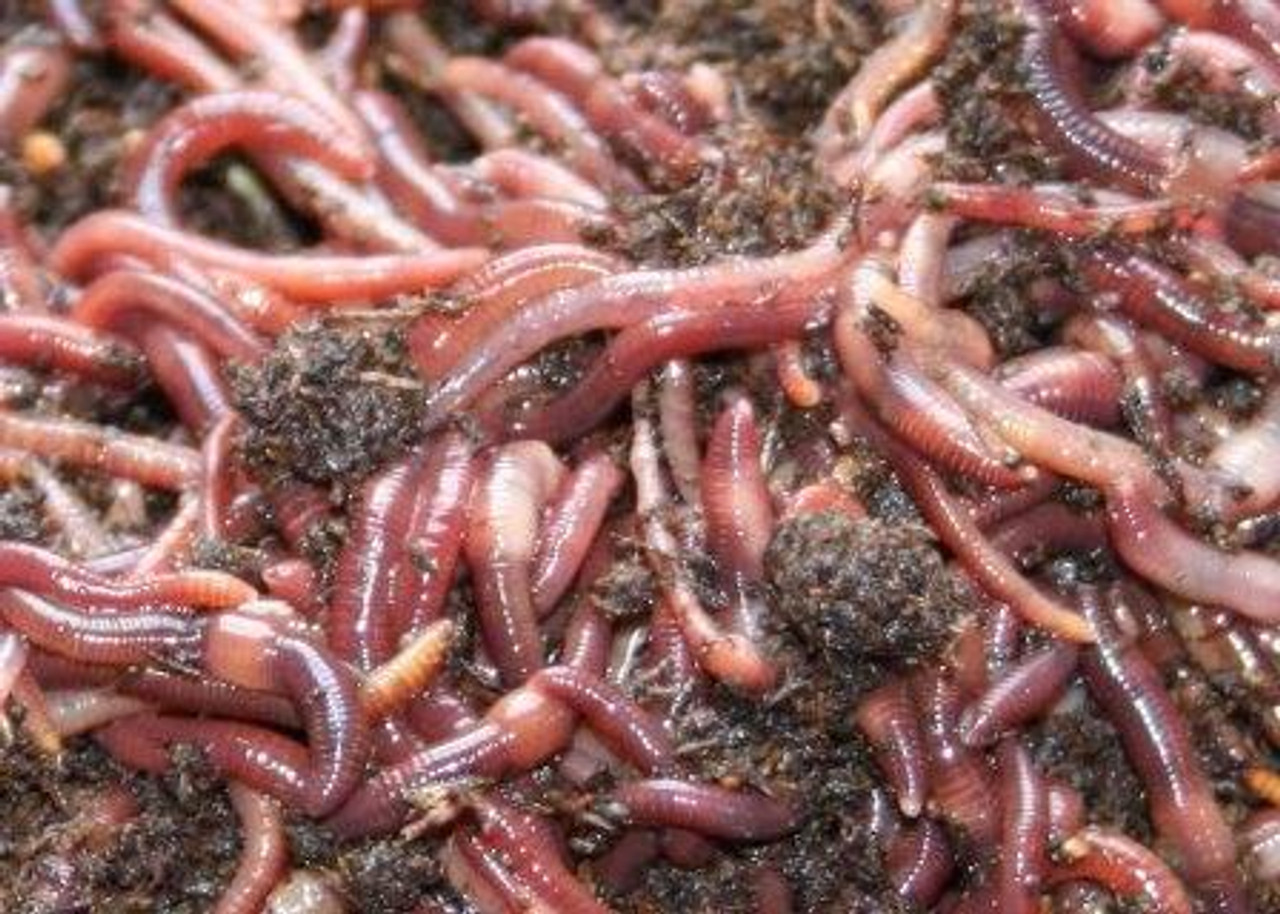Unlock the Secrets of Red Wigglers: Your Overview to Composting Success
The integration of red wigglers right into composting methods provides a significant chance for enhancing dirt health and promoting sustainability. Recognizing their requirements and actions is essential for optimizing their possibility, from setting up a proper worm bin to feeding them the right products.

What Are Red Wigglers?
Native to North America, they are typically discovered in decaying fallen leaves and garden compost piles, where they play an important role in nutrient recycling. Their adaptation to residing in a wet, cardio environment enables them to consume big amounts of organic waste, simplifying into nutrient-rich castings that enhance dirt health.
Red wigglers duplicate swiftly, with a single worm capable of generating numerous cocoons every week, each having numerous hatchlings. This rapid reproduction rate adds to their effectiveness in composting procedures. They choose temperatures in between 60 ° F and 80 ° F, and their activity level increases dramatically within this range, more aiding in the decomposition process. Comprehending the biology and habits of red wigglers is necessary for optimizing their potential in composting applications.
Advantages of Utilizing Red Wigglers
Taking advantage of the power of red wigglers in composting supplies numerous benefits that enhance dirt health and advertise lasting waste monitoring. These impressive microorganisms efficiently damage down natural issue, changing cooking area scraps and backyard waste right into nutrient-rich vermicompost. This completed product is remarkably helpful for plant development, as it boosts dirt structure, enhances moisture retention, and enhances vitamins and mineral accessibility.

Establishing Your Worm Bin
Developing an efficient worm container is a simple procedure that can significantly enhance your composting efforts. Worm containers can be made from plastic storage space bins, wood boxes, or commercially readily available worm containers.
Following, prepare the bedding material, which offers as the worms' habitat. A mix of shredded newspaper, cardboard, and coconut coir functions well, providing a comfortable atmosphere for the worms.

Feeding Your Red Wigglers
To guarantee the health and performance of your red wigglers, it is necessary to provide them with a well balanced diet regimen that satisfies their nutritional needs. Red wigglers thrive on a varied variety of organic products, which not just provide required nutrients but also advertise efficient composting.
Start by including kitchen area scraps such as veggie peels, fruit cores, and coffee grounds. Avoid citrus fruits, onions, and garlic, as these can be detrimental to worm wellness. In addition, introduce shredded paper, cardboard, and completely dry leaves to develop a well-aerated atmosphere.
Feeding frequency must be kept track of; generally, worms can take in half their body weight in food weekly. It is important to avoid overfeeding, as excess food can cause undesirable odors and draw in pests. A great technique is to add food in percentages, enabling worms to process it before presenting much more.
Keeping moisture levels is additionally crucial; the bedding must be damp yet not soggy. Finally, make sure to regularly inspect the temperature level and pH levels of the container to guarantee an optimal atmosphere for your red wigglers, ultimately improving their composting efficiency.
Harvesting and Using Garden Compost
An effective composting procedure with red wigglers culminates in the rich, dark compost called vermicompost, which can dramatically boost dirt health and wellness and plant development. Harvesting this nutrient-dense material commonly takes place every three to 6 months, relying on the size of your system and the amount of organic matter being refined.
To collect, delicately different the garden compost from the worms and any kind of undecomposed products. One reliable technique includes relocating the components of the bin to one side and including fresh bed linens and food to the vacant room, urging the worms to move. After a couple of days, the compost can be gathered from visit the site the opposite side.
It is vital to make use of vermicompost properly to optimize its benefits. By integrating vermicompost into your gardening routine, you not only recycle natural waste but likewise create a flourishing ecological community that supports lasting gardening methods.
Verdict
In summary, red wigglers work as remarkable allies in composting initiatives, changing organic waste right into nutrient-rich vermicompost (Red Wiggler Express). Their one-of-a-kind biological attributes and efficient waste processing abilities add considerably to lasting horticulture practices. By comprehending the optimum conditions for their habitat, feeding requirements, and garden compost harvesting methods, garden enthusiasts can boost soil health and promote plant vigor. Welcoming vermicomposting not just decreases garbage dump waste yet additionally fosters a more ecologically accountable strategy to horticulture and source management.
Comments on “Why Lake Hickory Bait Is the Best Choice for Local Angling Needs”